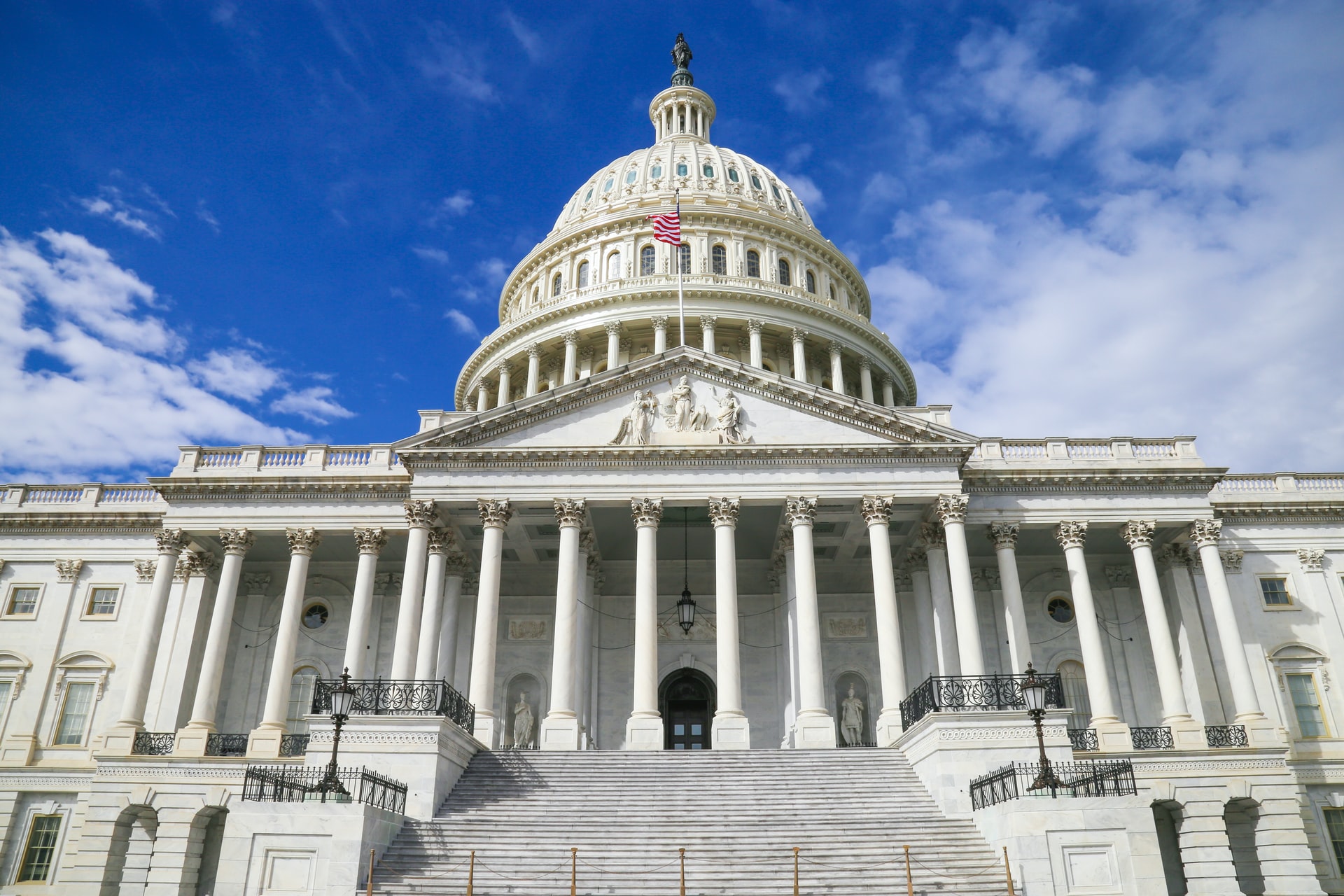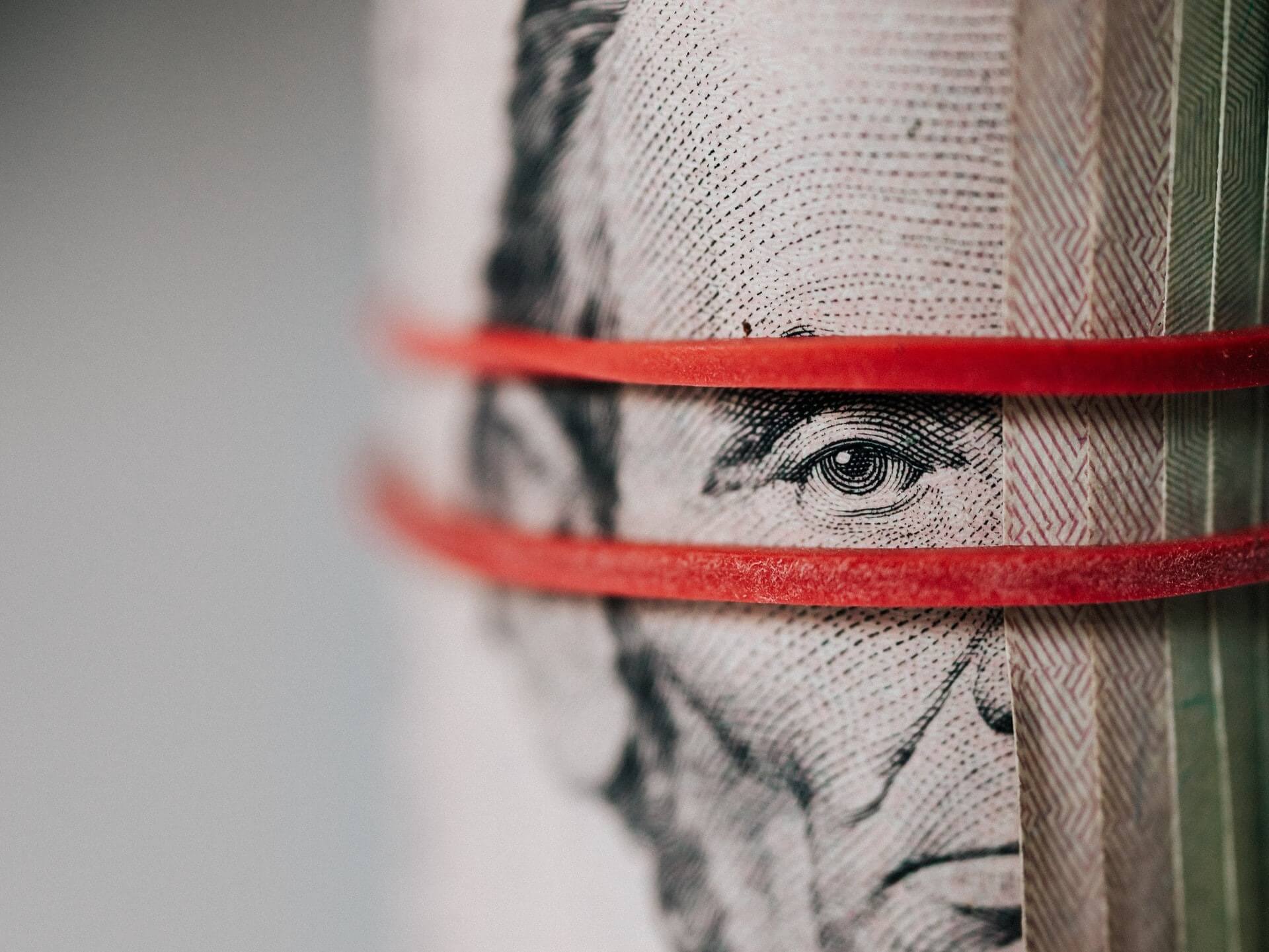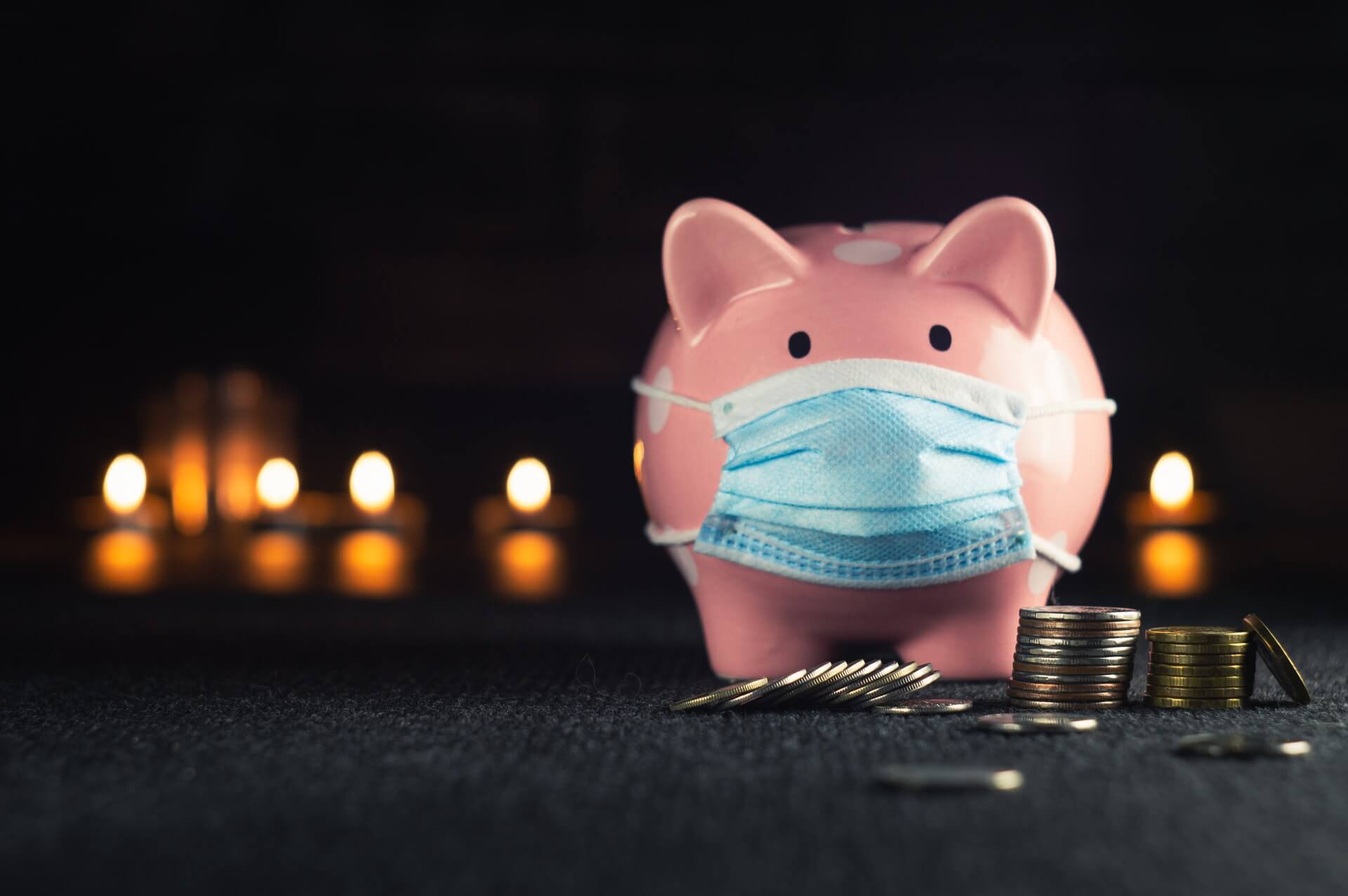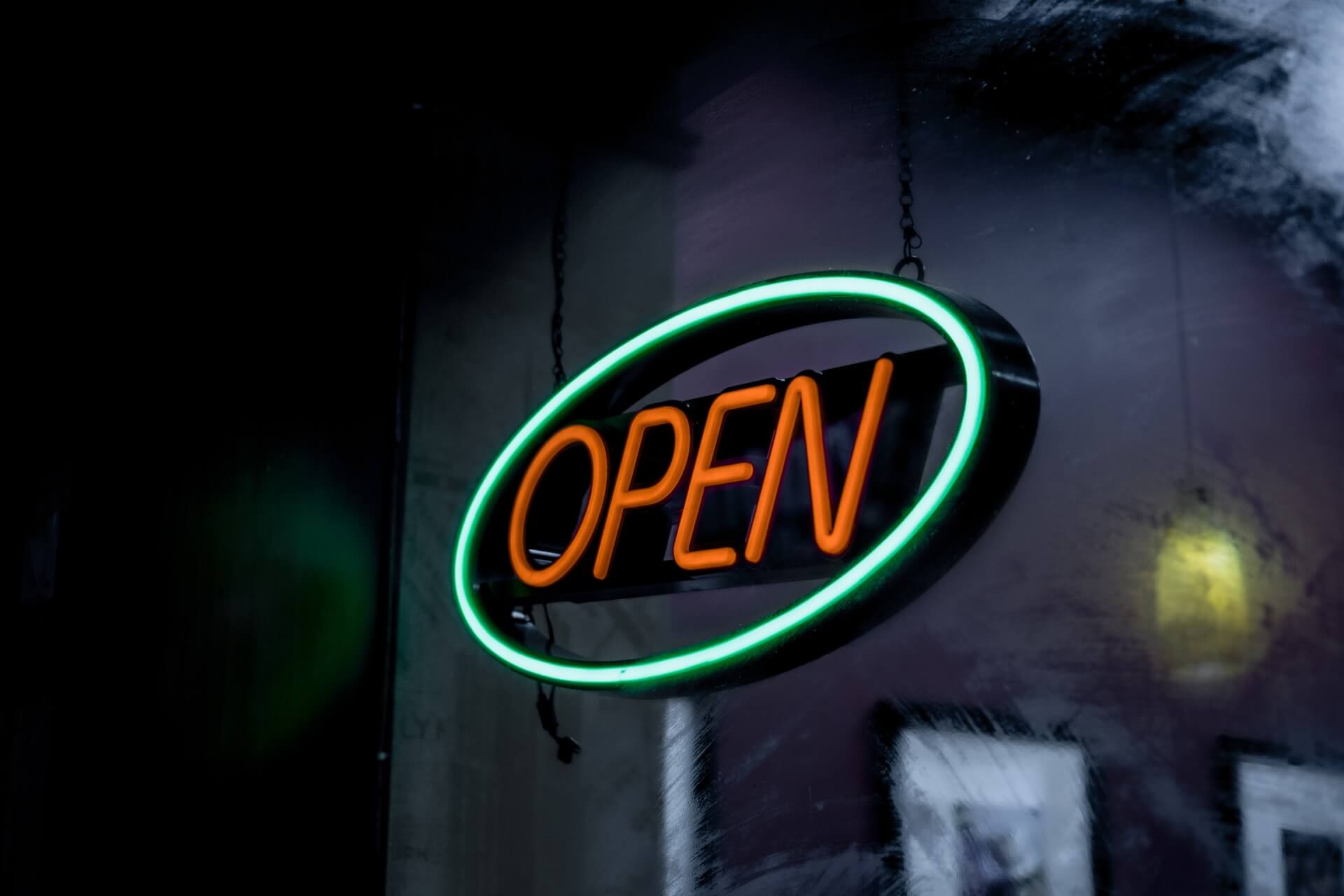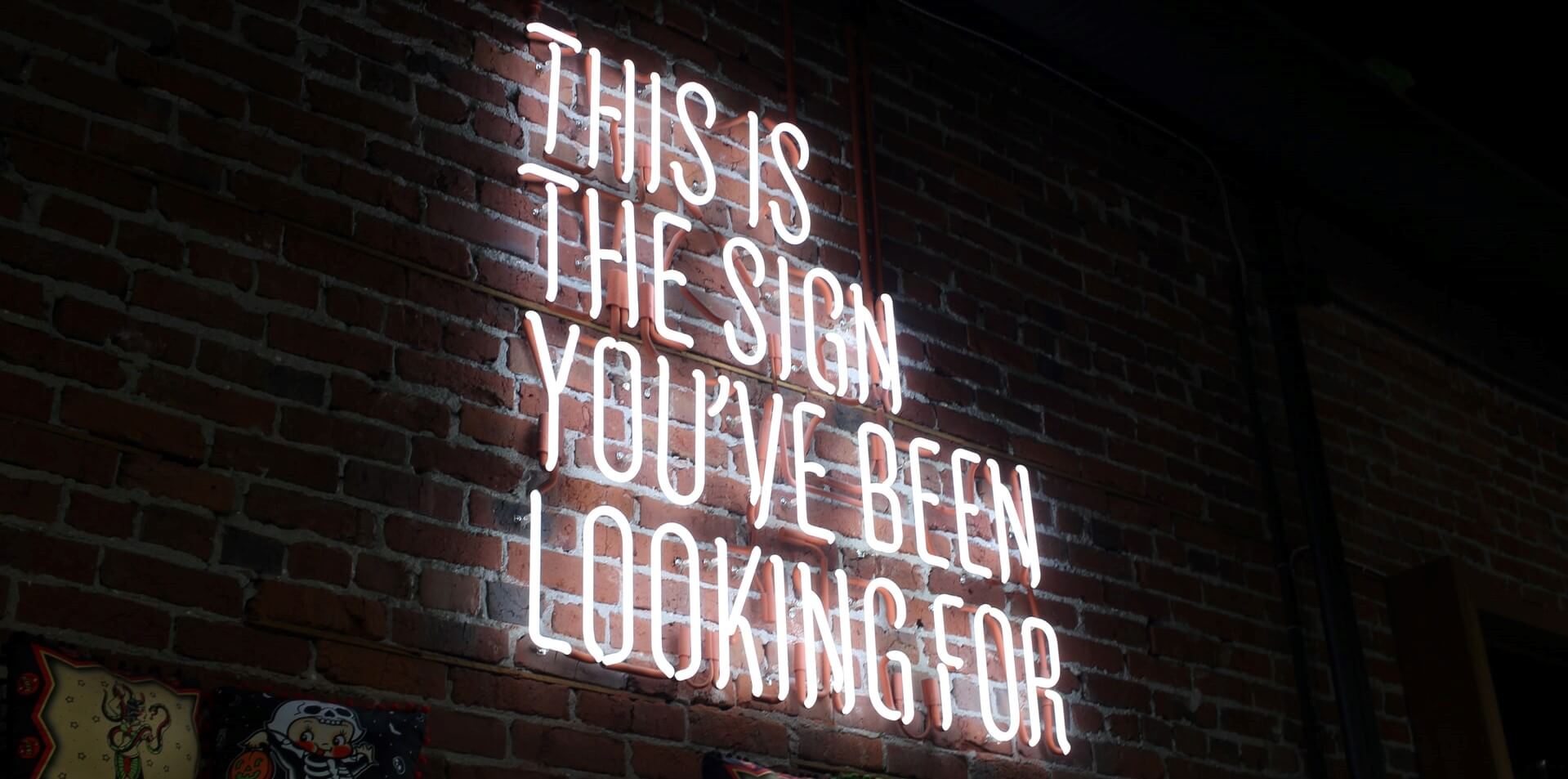What is the ENTREE Act?
by David Klemt
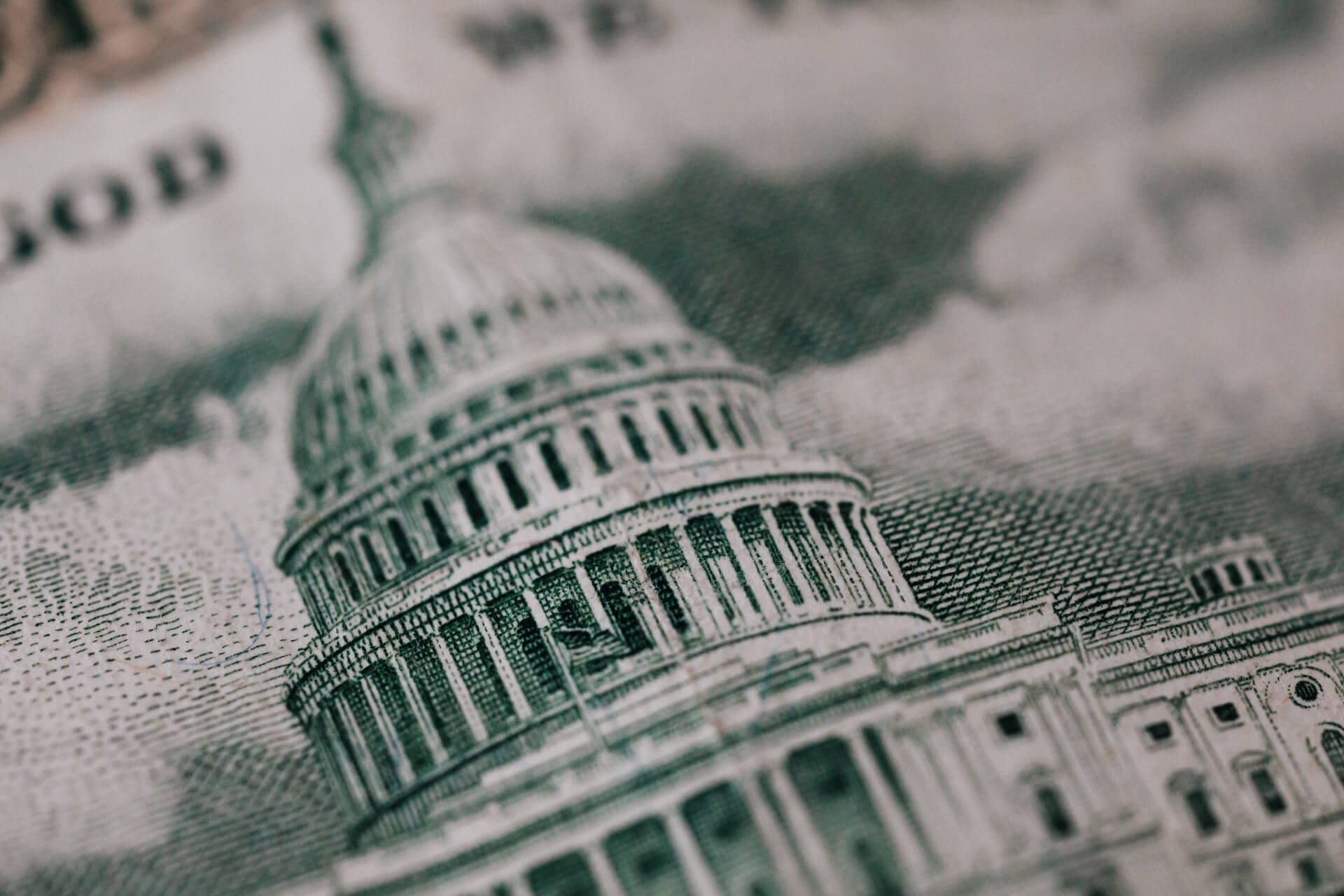
Foodservice and hospitality operators are waiting for Congress to act and replenish the Restaurant Revitalization Fund.
Well, that replenishment may come in the form of a bill from Rep. Blaine Luetkemeyer (R-MO).
Congressman Luetkemeyer is a ranking member of the House Committee on Small Business.
Restaurant Revitalization Fund Empty
As operators know, it didn’t take long for the RRF to be depleted entirely.
The Small Business Administration opened the RRF application portal on May 3. Just 21 days later, the portal was closed to new applicants.
More than 60 percent of eligible applicants in need were not awarded grants from the $28.6 billion fund.
Clearly, that amount was nowhere near enough to meet the needs of our industry.
People have been calling for Congress to #replenishRRF ever since the RRF portal was closed on May 24.
Entrepreneurs Need Timely Replenishment for Eating Establishments Act
To be fair, Congress acted quickly to at least address the SBA’s shortcomings in handling the RRF.
Early in June, a bipartisan group introduced Restaurant Revitalization Fund Replenishment Act of 2021. Sens. Kyrsten Sinema (D-AZ) and Roger Wicker (R-MS), and Reps. Earl Blumenauer (D-PA) and Brian Fitzpatrick (R-PA) introduced the bill on June 3.
The bill seeks $60 billion to replenish the RRF and the funds would essentially come from “printing more money.”
However, Rep. Luetkemeyer introduced the Entrepreneurs Need Timely Replenishment for Eating Establishments Act on July 20.
The aptly (if unwieldy) named bill is also proposing $60 billion. However, the funds would come from a combination of sources.
ENTREE Act Funding
Both sources would pour unspent, previously allocated funds into the ENTREE Act.
Rep. Luetkemeyer’s bill proposes using state and local funds from the $1.9 trillion American Rescue Plan.
The ENTREE Act would also secure funds from Economic Injury Disaster Loans that have yet to be spent.
Currently, there’s no indication if Congress intends for these bills to somehow work together. Also, no date has been put forth regarding voting on either the Restaurant Revitalization Fund Replenishment Act or ENTREE Act.
However, we can put pressure on Congress by asking them to act quickly on these bills. So, let’s come together and contact our representatives—it can take just 30 seconds.
Image: Karolina Grabowska from Pexels

